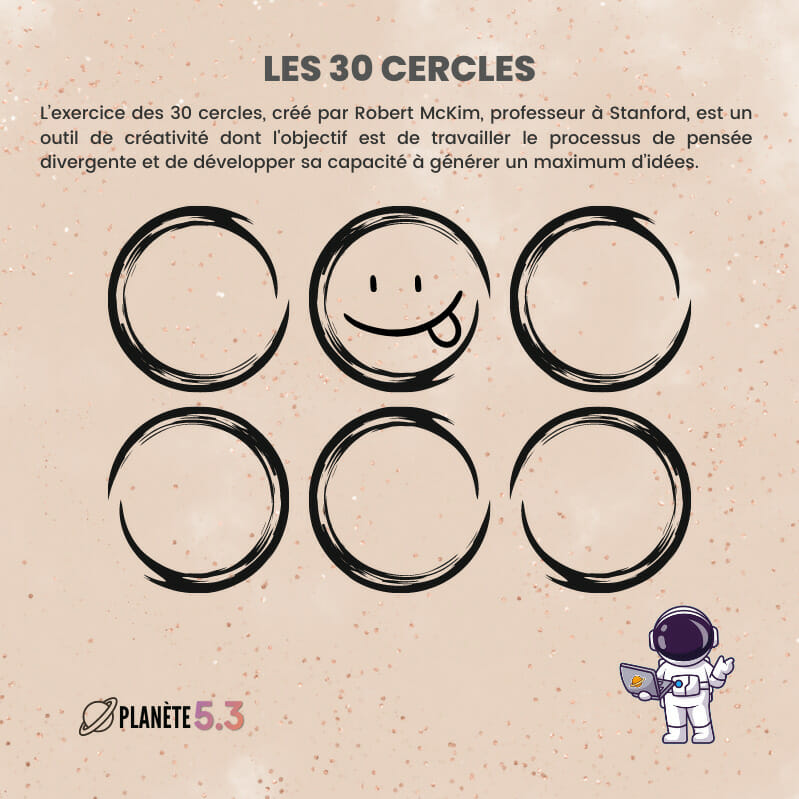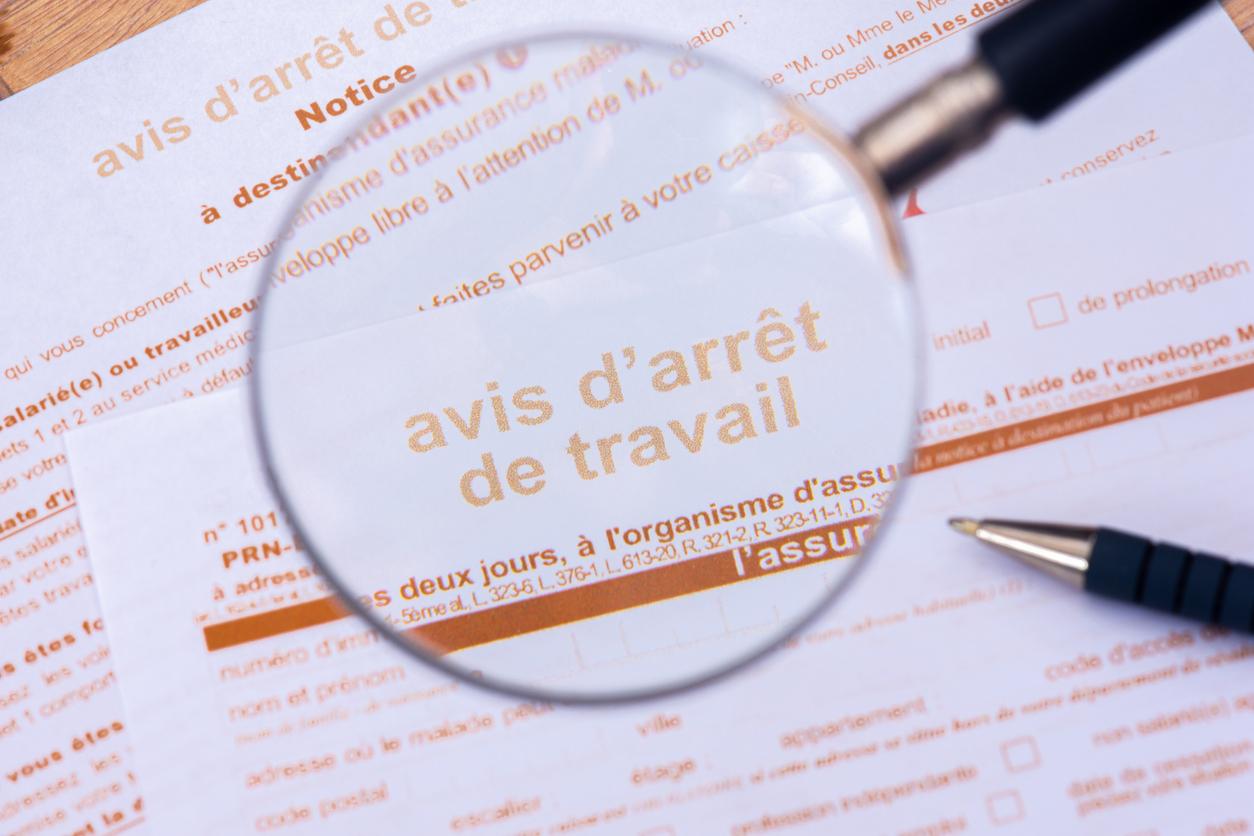While brainstorming has long been the norm, writing down ideas offers a valuable alternative to foster creativity at work.

- Idea writing or “brainwriting” is better suited to more introverted personalities than brainstorming.
- Indeed, this makes it possible to create a democratic space where each idea, regardless of its origin, receives equal attention.
- It therefore replaces the feeling of belonging to the work group and removes creative blockages and the impression of a group.
Stimulating your creativity at work is not always an easy task. Traditionally, brainstorming is the preferred method for generating ideas in a group. However, an alternative is gaining popularity: idea writing or “brainwriting”.
What is the difference between brainstorming and writing an idea?
Brainstorming, or group discussion out loud, has long dominated corporate creativity sessions. However, this approach may not be suitable for more introverted personalities who do not express their ideas.
On the contrary, the idea writing technique allows you to overcome these obstacles. Designed to replace the excitement of brainstorming, it is a more thoughtful and intimate process that promotes egalitarian and deep participation.
A more level playing field to express yourself
The main benefit of idea writing is the creation of a democratic space where every idea, regardless of its origin, receives equal attention. The free expression of each person therefore makes it possible to reduce social conformism and erases the interpersonal conflicts that may exist.
It therefore replaces the feeling of belonging to the work group and removes creative blockages and the impression of a group. Ultimately, it allows for a richer and more authentic expression of everyone’s ideas.
How to apply it in practice?
Also called the “6-3-5 technique”, idea writing is simple, economical and effective:
• A moderator supervises the process by creating small groups of 6 people.
• Everyone gets a paper and a pencil and writes three ideas in 5 minutes.
• Everyone then passes their paper to the person next to them and can add or develop three new ideas on their neighbor’s paper.
• The papers are passed around again until each member has contributed to all the papers.
• All sheets with the ideas generated are then collected and displayed for the whole group to see.
• Participants vote for the ideas they find most promising.
This methodology not only saves time, but also ensures that all voices are heard.
Find out more: “Creative intelligence at work: 9 avenues for well-being, creativity and performance” by Isabelle Guyot.
















